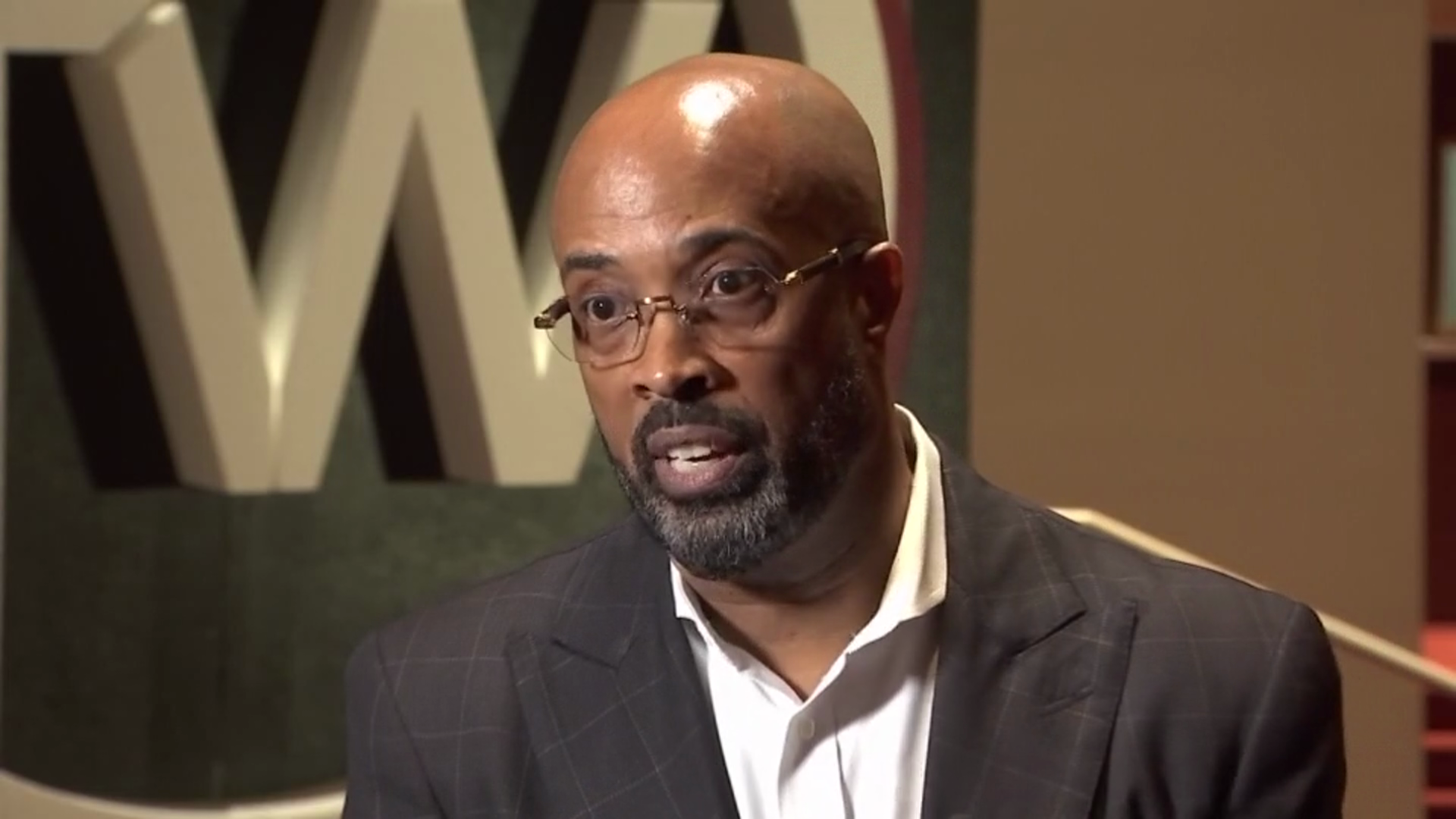Gov. Rick Perry chose a South Texas county that he said had been at the epicenter of the medical malpractice lawsuit "crisis" to commemorate the 10th anniversary of legislation capping how much juries could award plaintiffs.
Perry, speaking at the doctor-owned Doctors Hospital at Renaissance on Monday, said the changes, commonly known as tort reform, expanded access to health care and made Texas an attractive destination for physicians.
"I'm just continually surprised when some people want to argue that tort reform didn't work," Perry said, flanked by doctors in white jackets.
The Texas Medical Association, which lobbies on behalf of doctors, released a survey at the event indicating that doctors believe the state's professional liability climate has improved.
According to the Texas Department of State Health Services, the number of direct care physicians in Texas has increased 24 percent since 2003 to 42,716 in September 2011, while the state's population grew 16 percent during the same period.
The measures passed in 2003 capped the noneconomic damages that could be awarded in medical malpractice lawsuits against doctors at $250,000, among other provisions.
Most affected were high-risk specialties such as neurosurgery. Dr. Carlos Cardenas, a gastroenterologist who introduced Perry, said prior to tort reform this area that served almost 1 million people had nearly no neurosurgical coverage.
Local
The latest news from around North Texas.
Still, Hidalgo County was an interesting choice for Perry to speak about health care access. The county on the Texas-Mexico border has the highest rate of people without health insurance among urban counties in the entire country at 38.9 percent and Texas has the highest uninsured rate among states, according to the U.S. Census Bureau. State data show that the ratio of population to number of direct care physicians in Hidalgo County was effectively unchanged from 2003 to 2011, the most recent available year.
The state as a whole still has a shortage of primary care physicians and another TMA survey released last year showed that fewer Texas doctors are accepting new patients who are covered by Medicaid or Medicare, the government-run plans for the poor and elderly.
The number of medical malpractice lawsuits has fallen drastically since tort reform, but attorneys who took those cases say the law made the economics of most cases unworkable. To prove such cases plaintiffs have to hire costly medical experts.
"The volume of people that we have a chance to listen to has not gone down, but the number of cases that we take obviously has dropped significantly," said Jay Harvey, a personal injury attorney in Austin.



